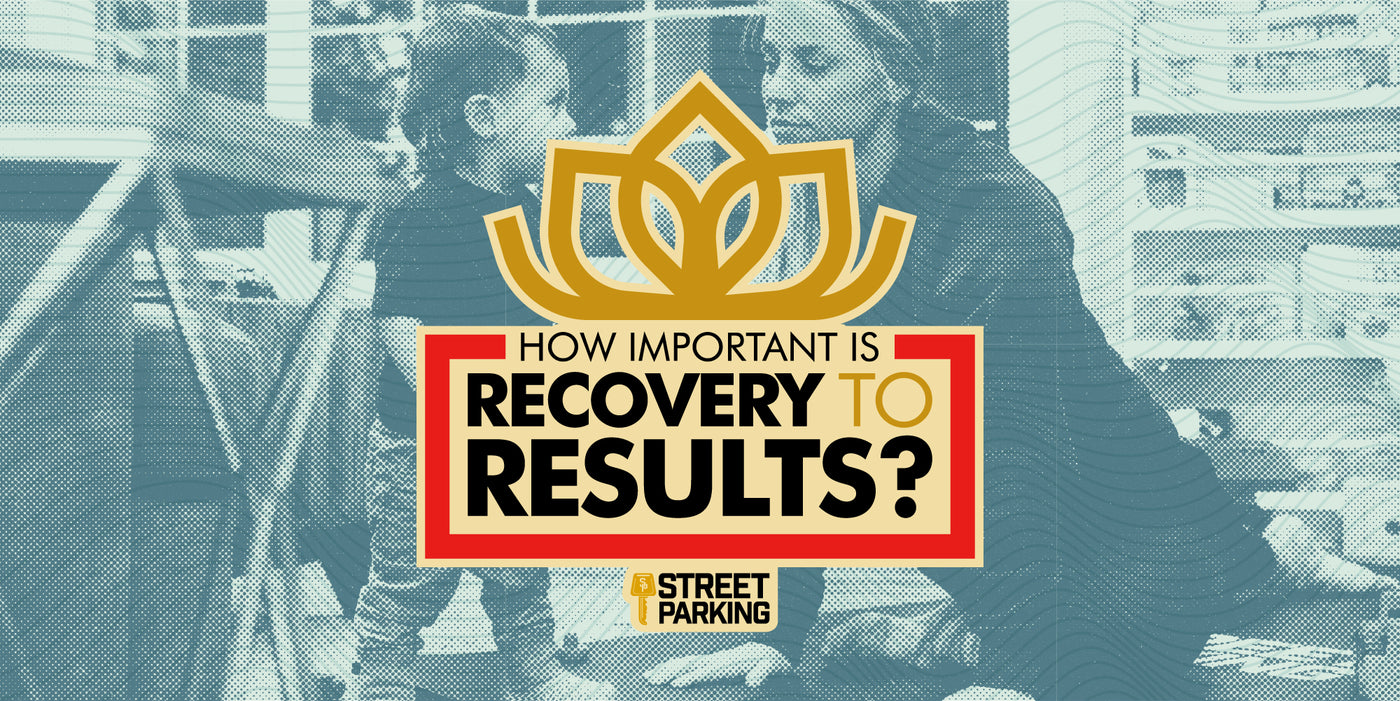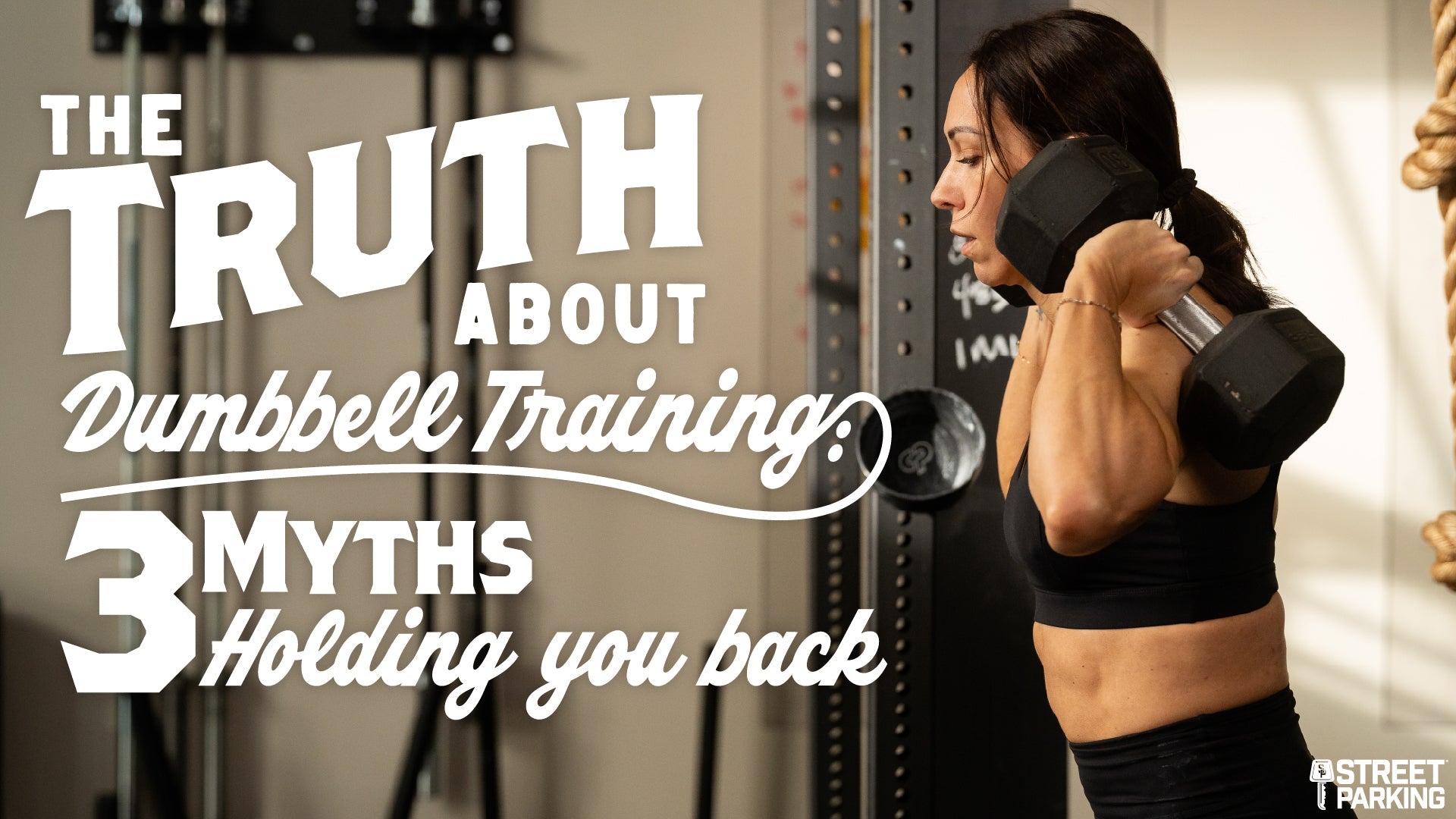
Don't want to read? Listen to the podcast version!
If you haven’t checked out the previous blog/podcast episode about REST DAYS we recommend you start there first!
Exercise is a stressor. But -stress is a GOOD THING - in the right dose.
Too much and even too little stress for long periods of time can be deadly. When we work out, we expose our body and mind to short but high amounts of stress. We increase impact on the bones and joints, we inflict damage on the muscle fibers, we make the heart muscle work harder than it does at rest.
Between workouts, we must do what we can to cultivate a physical and psychological environment that allows adaptations to stress to occur. It is during this time that the muscles repair and remodel, the tendons strengthen, the heart becomes stronger so it can pump more blood with less contraction.
There is also a symphony of hormonal activity that is taking place in your body all the time. During exercise, some hormones are upregulated while others are downregulated. Between bouts of exercise, many of those hormones are regulated in the opposite direction. This balance is crucial to your present fitness goals as well as long term physical and cognitive health.
Without enough activity or not enough recovery, we experience an imbalance and suffer the consequences in the form of disease, decline, and injury. Or, maybe just not reaching our goals.
I know rest days are important for recovery. But HOW should I spend those days? And are there other activities I can add into my daily/weekly routine to help me maximize my results?
Recovery isn’t just taking a day off every now and again. Recovery can be viewed as everything outside of your training sessions themselves. How well your body recovers is determined by stress, hydration, nutrition, sleep, and muscle recovery exercises. Making a conscious effort to maximize recovery allows you to get the most out of your last exercise session and to get the most out of the next one.
In other words:
What you do BETWEEN your workouts determines what you get FROM your workouts.
An inconsistent or insufficient recovery plan can lead to stress, lack of motivation and focus, hormone imbalance, chronic fatigue, and even injury. More generally, and most often, lack of sufficient recovery simply keeps you from achieving the results you desire from your training.
So, now that we’ve established just how important it is to properly recover between workouts, let’s talk about some ways to do that.
Key Factors:
Consistency -You’ve heard us say this over and over again. Perhaps some of us think that this only applies to workouts, or maybe to nutrition as well. But,consistency is the most important factor when it comes to recovery practices as well. To help your body recover better and benefit the most from your training, you should make it a goal to incorporate recovery tools that are realistic and sustainable for the long term. For example, cryotherapy is awesome but most of us don’t have the time or resources to hit that up between every workout.
Nutrition/Hydration -If you’ve been keeping up with previous Unlocked editions, you understand the importance of your nutrition choices and some simple ways to sustain or improve them. If not, make sure to revisit some of these resources.
Sleep -If there was only ONE thing you could do to improve your recovery for and from workouts, sleep would be it. Anything you can do to increase the quantity and quality of your sleep will have a positive impact on your fitness/athletic performance and help you reach your goals faster.
This could be anything from going to bed earlier, cutting out screen time at least one hour before bed, taking a hot shower, Sleepytime or Decompression Maintenance, or coming up with your own 15-20 minute bedtime routine that you can do consistently to help signal to your brain and body that it is time to power down.
Ideally we would be getting 7-9 hours of uninterrupted, quality sleep.
The first half of the night, your brain is bathed in cerebrospinal fluid that sort of acts as a cleaning crew, getting rid of old circuitry and removing toxic proteins. In the second half of the night, the sleep cycle shifts in a way that allows newer, stronger, more efficient neural connections.
The benefit of this extends to almost every physical process from solidifying memories, ability to focus, “muscle memory”, hormone balance and regulation, reduced sugar cravings, muscle repair and remodeling, and even gut health. If you miss out on those last couple of hours, these processes take place to a much lesser degree if at all.
Sleep quality is extremely important as well. So, if you are unable to consistently get a full 7-9 hours, there are plenty of things you can do to maximize the time you do have available. A simple 10-20 minute bedtime routine is a great place to start.
Recovery Tool: Stretching/Yoga/ Street Parking Maintenance
Street Parking Maintenance is a collection of yoga inspired sequences designed to help you recover, prevent injury, and even challenge you physically in some new ways. They range from 6-60 minutes in length with a variety of themes including target areas of the body, warm up, cool down, full body restorative, energy building, better sleep, and more.
The goal of Street Parking Maintenance is to simply maintain the neuromuscular balance between workout and recovery. Our sequences are designed to increase blood flow to and through muscle tissue, promote healing of connective tissue by taking your joints through a full range of motion, and stimulate different parts of the central nervous system based on various postures and breath awareness.
As is our message with everything related to your fitness, consistency is the most important thing. Maintenance is no different. We encourage you to start small. Find a short sequence or two that is accessible to you and repeat it. You’ll hear us repeat the phrase “chase the sensation not the shape”. It’s not about doing some fancy acrobatics or wild contortions. It’s about finding what works for you and allows you to feel recovered, relaxed, and rejuvenated.
By regularly showing some love to your joints, muscles, and organs, you enhance the adaptations that are possible from one exercise session and prime your body for increased performance in the next session.
Increased performance leads to a greater POTENTIAL for adaptation. I say ‘potential’ because, as you now know, the adaptation that is actually realized is determined by your recovery habits.
- Some of the Street Parking Maintenance videos are available for anyone (not just SP members) on the Street Parking YouTube Channel HERE
Recovery Tool: Mindfulness
This one is a big buzzword right now. But, this concept has been around for thousands of years. Only recently has mindfulness been studied and researched in a clinical setting. The results are undisputable. A consistent mindfulness practice has profound mental and physical benefits. Bringing a simple mindfulness practice into your recovery routine will promote healing, digestion, reduce cravings for unhealthy foods, improve sleep, and increase focus and motivation for your workouts.
So, what is mindfulness exactly?
Put simply, mindfulness is paying attention with a purpose, without judgment, and in the present moment.
You can do almost anything mindfully. Here are a couple of simple places to start:
-
Mindful breathing:Start with 3-5 minutes a day, 3-4+ times a week. Sit up straight and pay attention to your breath. Relax and observe the breath traveling in through your nose. Feel your belly expand first, then the chest. Then, follow the breath back out. By focusing only on the breath, you are brought into the present moment. Allow the mind to get quiet. When it begins to wander (and it will), notice what you are thinking or judging, then simply guide your focus back to the breath.
That’s it. That’s all it is. So simple that it seems ridiculous. But do this consistently for just a couple weeks and notice how your life improves. You may see an improvement in everything from sense of physical wellbeing to mood, attitude, and personal relationships.
-
Mindful walking:Take a short walk with the intention of cultivating more awareness. No music, podcasts, or other distractions. Just walk for 5-10 minutes and pay attention to this act. You can notice the environment around you. Then, also try to notice the internal response to your environment.
Do this non-judgmentally. If it is windy, raining, cold, hot etc. pay attention to how your body and mind respond. Feel the impact of the ground on your feet. How does that energy travel up your legs and beyond? Bonus if you can do this barefoot but again, more than nothing. Remember, you can always come back to your breath.
There are plenty of great apps out there that can help you build and maintain consistency with mindfulness and meditation. Short, guided meditations can be a great way to build this habit.
The lifestyle habits you maintain between workouts are what ultimately define your fitness.
Building a habit means establishing a behavior and repeating it over and over and over again. So start small. Bank up tiny victories and let them snowball into success.
Maybe it’s turning out the lights 5 minutes earlier or setting a reminder to power down your screens at night. Set a goal to do 10 minutes of Maintenance three times a week or identify a 3 minute window each day in which you can practice some mindful breathing.
Mix and match some of these tools. Add Maintenance to your bedtime routine or add mindfulness to the end of your maintenance session.
Or, just pick one thing. This week, pick one thing that you will commit to doing consistently. Next week, keep it going and evaluate whether you can realistically add something else in.
If you’ve read this far, you can’t “un-know” the impact of your actions during the time between workout sessions as it pertains to your health and fitness goals. We encourage you to embrace this knowledge and allow it to guide your choices, one decision at a time.


